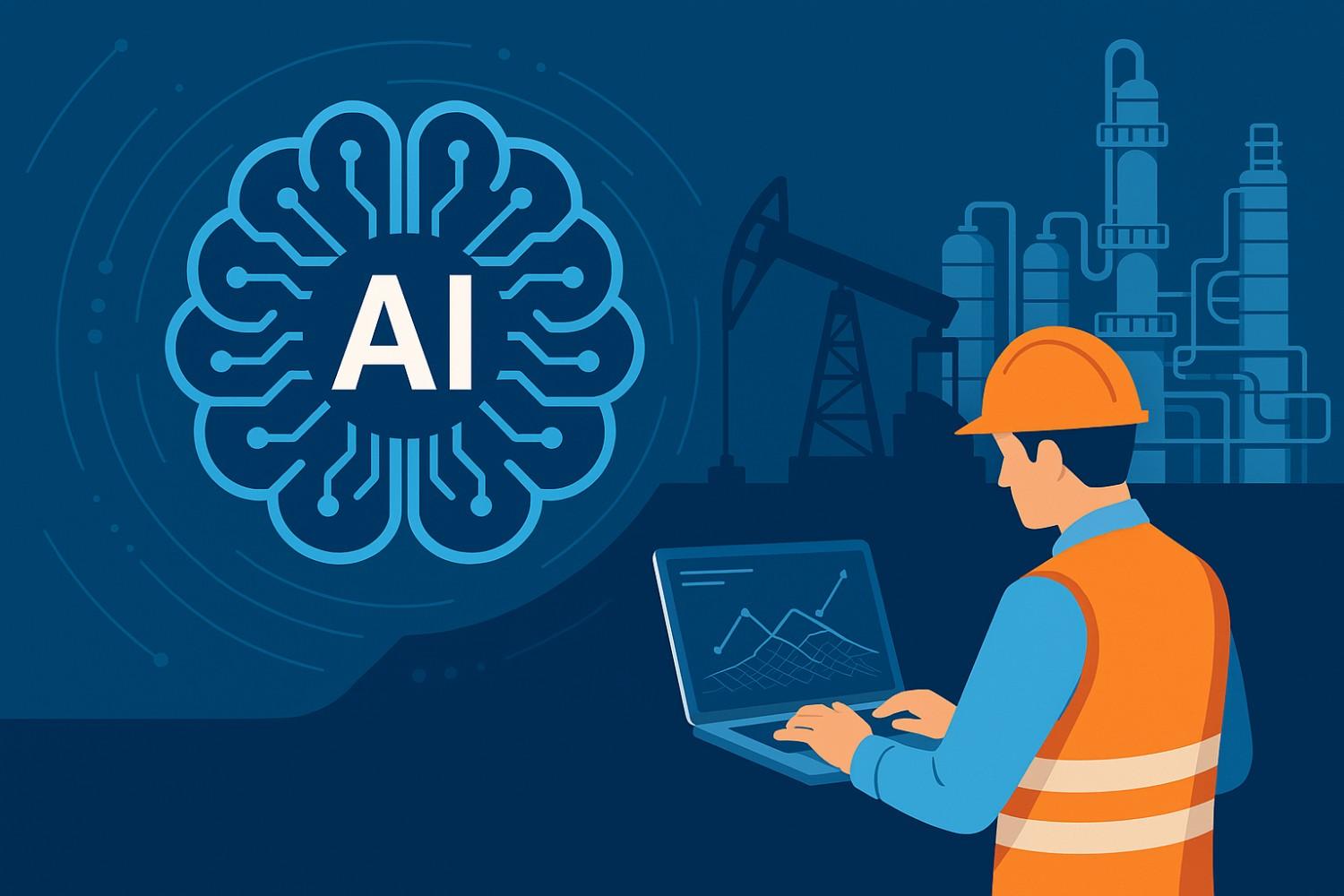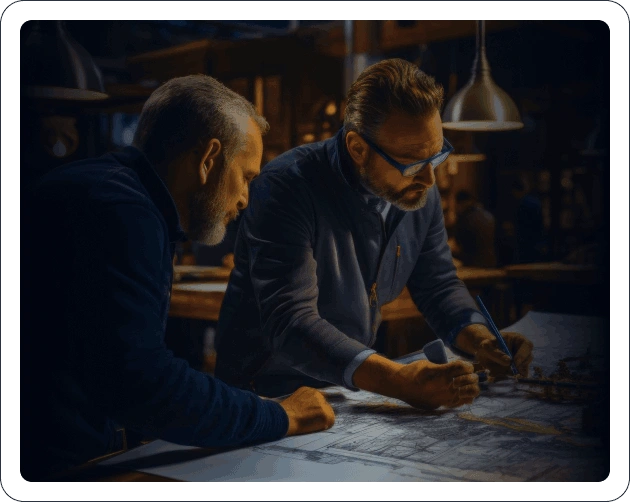Industry 4.0 is transforming the process industry, as smart manufacturing technologies are becoming more of a necessity than ever before. Unfortunately, for most manufacturers, successful implementation of these concepts is challenging, as overall success and final value capture is dependent on several factors. However, the benefits of successful implementation can be quite significant. One such manufacturing technology that improves operations significantly is digital twin technology.
The concept of a digital twin is not new and has been around for more than a decade — and it is now one of the critical building blocks in digital transformation. Digital twin can be described as simulated representations of process, product, or service, utilizing sensor information to provide a mathematical representation of performance, based on fundamental laws of nature. They help form a link between physical and digital domains, making it feasible to optimize operations, identify issues, assess settings, simulate situations, and forecast performance in the digital domain, before actually implementing it in the physical domain. Although digital twins are developing rapidly as their proficiencies and complexity grow, realizing their genuine potential is hurdle. Integrating systems and data across organizational ecosystems may occasionally be challenging.
What accounts for its rapid growth over the last decade?
Digital twin modeling is not new. For the past three decades, firms have looked at several ways to use digital models to help improve their products and process. While the potential for the technology was clear even at that point, many found its vital components such as computing, connectivity, data storage, and bandwidth required to process large sets of data expensive. That said, as a result of the rapidly advancing simulation and modeling capabilities, improved IoT sensors, and the ease of accessibility of computing infrastructure to firms small and large across industries, utilizing digital twin technology capabilities has become more practical and feasible. What’s more, access to large sets of data is aiding in creating simulations that are more meticulous and dynamic than ever before. The more data able to be supplemented from digital sources, the clearer and more valuable the information that is provided.
Firms are recognizing the strategic concerns able to be addressed by applying digital twin technology. Strategic performance and marketplace dynamics including enhanced and long-term product performance, quicker strategy cycle, possible new revenue streams, improved warranty outlay management, more efficient operation, enhanced safety and compliance are able to be studied. These strategic concerns can be transformed into precise functions that can provide companies with a wide range of value capture opportunities that digital twins may help realize. The table below provides a snapshot of such values.

What are its applications?
Planning, Diagnostics and Optimization: The digital twin can support troubleshooting. Simulations, in the form of soft sensors can include unobservable data, such as temperatures of inaccessible parts or material stress to their process. By utilizing digital footprints to capture sensor and ERP data during the production process, important KPIs can be carefully evaluated. This helps diagnose the root cause of inefficiencies and throughput losses, leading to reduced wastes and optimized yields. In addition, the integration of any historical data sets from equipment or processes can help achieve accurate downtime predictions.
Prediction and Maintenance: Utilizing historical and present operational and sensor data as well as predictive algorithms can provide insights into the health and performance of equipment. This allows for proactively planning maintenance and replenishing spare parts to reduce time-to-service and avoid expensive asset failures.
Design and Virtual modeling: Simulation and visualization of machines in-use can provide a broad understanding of degradation points, usage patterns, workload capacity, recurring defects, etc. The design phase can be utilized to verify and better understand a machine’s features and failure modes and make sure all the parts in the process fit together. Simulations include mechanical, thermal, and electrical as well as interrelationships between these aspects.
Remote Troubleshooting and Real-Time monitoring: A digital twin provides critical information to perform troubleshooting remotely as effectively as possible. A digital replica of the actual unit makes it possible to carryout design changes and address engineering challenges remotely without physical presence in field. The digital twin also provides value-added intelligence when it is used to train real time data driven models using ML and AI technology software, which are all critical aspects for real time process solutions.

To further enhance real-time analysis and predictive capabilities, Ingenero also offers Applied AI Solutions that integrate seamlessly with digital twin technology for optimized decision-making.
Suggested Read: What Is Edge AI
Here’s how INGENERO can help!
A rigorous digital twin model can be successfully deployed through Ingenero’s proprietary I-SSPDE digital transformation solution. When deployed with selected real-time analytics, it conducts highly customized, continuous in-depth analysis, what-if projections, scenario studies and offline optimization. I-SSPDE presents the results from both the real-time streaming data analysis using the ML/AI based models and the analysis based on the Digital Twin model in impactful business intelligence displays — leading to real-time decision insight to operations and driving actionable outcomes creating new levels of operational excellence.
Ingenero’s Intelligent Software Solution for Process Decision Excellence (I-SSPDE) allows combining a rigorous digital twin (rigorous first principle models), analysis of a massive amount of existing historical and new real time operational data in a continuous machine learning mode (ML), artificial intelligence, smart data platforms, and KPI’s and Business Intelligence tool based dashboards to provide the requisite augmented intelligence for taking decisions and actions.

To conclude, digital twin technology while being an ongoing work in progress (as more avenues for improvement are explored) has repeatedly helped manufacturing units improve effectiveness when applied diligently. Digital twin technology easily enables scaling up and can continue to evolve whilst expanding a plant’s digital infrastructure.
For more information about how we can help reach out to us at solutions@ingenero.com or visit our website www.Ingenero.com.
FAQs on Digital Twin Technology
What is digital twin technology in Industry 4.0?
So, a digital twin is basically a digital version of a machine or process. Imagine your factory equipment has a virtual copy that reacts in real-time – kind of like a smart mirror. It helps teams watch what’s happening, spot issues early, and test stuff without stopping anything in real life.
How does digital twin improve manufacturing operations?
It’s like having X-ray vision into your equipment. You don’t have to guess what’s wrong — the twin shows it. It also lets you test “what if” changes before you mess with the actual machine. Saves time, cuts downtime, and helps avoid surprises.
What are the key components of a digital twin?
Three things mostly:
The real physical object (like a pump or line),
A digital version of it,
And real-time data connecting the two.
Without live data, it’s just a 3D model.
How is a digital twin different from a simulation model?
Good question. Simulations are more like planned tests — they don’t update themselves. A digital twin is live. It keeps updating constantly because it’s getting real-time data. You’re not just testing; you’re watching the real process as it happens.
What industries benefit most from digital twin technology?
Lots, honestly. Manufacturing, energy, oil & gas, even healthcare. Any place that uses big equipment or complex systems can get value from digital twins — mainly for tracking, improving, and fixing things faster.
What are the four types of digital twins?
Here’s a simple breakdown:
Component twin – a digital model of one small part
Asset twin – covers a whole machine
System twin – brings multiple machines together
Process twin – mirrors an entire process or workflow.
Why is digital twin adoption growing rapidly?
Because companies want fewer surprises and better control. Sensors are cheaper now, cloud storage is easier, and people want to cut downtime. All of that makes it a good time to use digital twins.
What challenges do companies face when implementing digital twins?
First, not all data is clean or useful. So setting things up takes work. Also, older systems might not talk to newer digital tools, so integration is a pain. And honestly, not everyone in the team understands how digital twins work — that slows things down.
Is digital twin part of AI?
Not exactly. But AI can help the twin become smarter. Think of it this way — the twin shows what’s happening, and AI can suggest what to do next. They’re not the same, but they’re better together.
Is digital twin an IoT?
Nope, but they’re definitely related. IoT gives you the sensors and data, and the digital twin uses that data. So IoT is like the “eyes and ears,” and the twin is the “brain” that interprets what’s going on.




